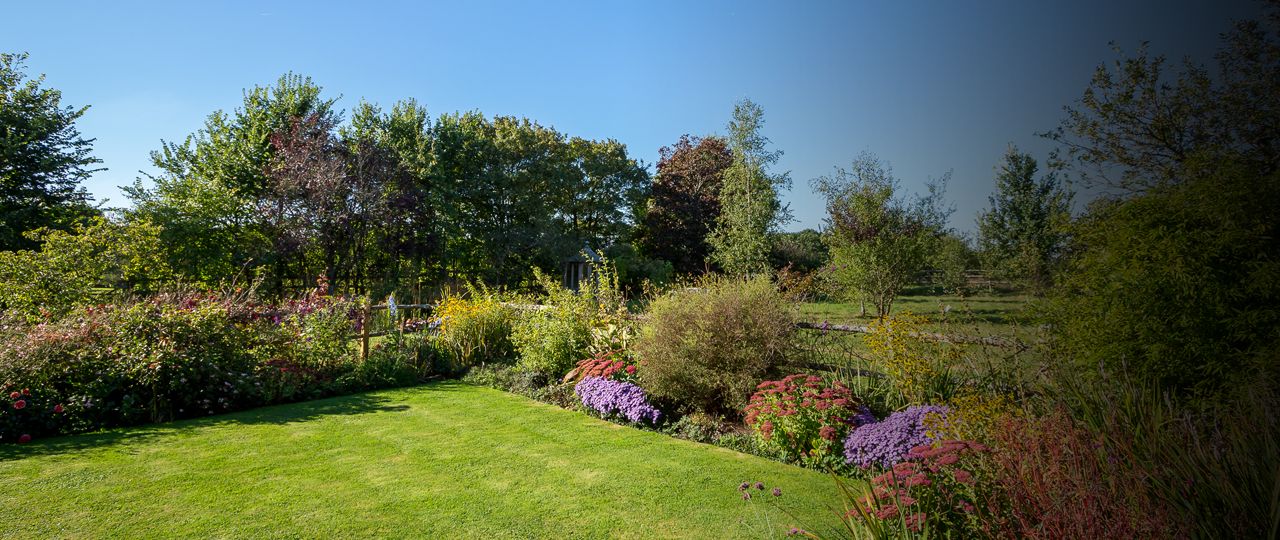
James Wort
Director


Director
With an endless variety of goods in our local supermarkets, it might seem strange that people are returning to wilder ways to source their food. But there’s more to foraging than just picking some mushrooms. It’s a way to get back to nature while also discovering new tastes on your doorstep.
The idea of being able to find great fresh ingredients on your doorstep is an appealing one in a world where supermarket food is shrink-wrapped and shipped in from thousands of miles away.
James Wort, Head of Strutt & Parker Harrogate, says: “First we saw people make their own jams and go organic, but now people take it to the next level scouring the countryside for ingredients to bottle, toss and pickle.
“Flavour and freshness are important, but I think it’s also the process of picking something yourself and going back to the bare basics which holds great appeal for country enthusiasts.”
Robin Harford, who runs foraging courses, says: “People are having an almost unconscious urge to reconnect with the natural world. It’s a primal driver we have, especially when we’re stuck in the cities.
“Foraging is a playful activity. You don’t need to be a master chef or have a Michelin star. It’s not about producing food like that. It’s about gathering really nourishing plants. On average, foraged food is 2 to 3 times more nutritious than supermarket bought.”
Big name restaurants are also getting involved in the new trend. Hugh Fearnley-Whittingstall’s River Cottage restaurant often uses foraged foods, while Native in central London is based around the same concept.
Robin adds: “Chefs usually use around 60 ingredients in their kitchen. Foraging opens the door to hundreds more plants and ingredients. Their creativity goes through the roof.”
Autumn is a great time to get involved in foraging. Mushrooms, if you know what to pick and what to avoid, are a gourmet’s delight, while primrose can be transformed into wine, elderflower into syrup to flavour cocktails and cakes, and nettles can be a healthy soup. And we’ve not even touched upon the hazelnuts, chestnuts and beech nuts.
It’s not just country folk that are embracing the best nature has to offer. Foraging is big in cities as a way to bring nature to the man-made environment. Any city park, heath or river side can be used as a foraging ground.
When you think of foraging, you might imagine wellies treading through vast forests, or hiking over grasslands in search of the perfect field garlic. But it’s actually a pastime that can be enjoyed almost anywhere in the country.
Robin says: “We’ve been running courses in cities for around 5 years. People used to love getting out to the countryside for foraging. But those wanting to do it on a regular basis need to do it in context – and their context is their city.
“There are hundreds of plants to discover while foraging in the city. And each city offers a different experience. For example, in coastal cities like Bristol you’ll find coastal plants.”
Older cities with large public green spaces lend themselves to easier foraging like Edinburgh, Bath and York. But even modern city centres can be foraged if you know what to look for.
London has fully embraced its foraging side, especially around Hampstead Heath, Richmond Park and the various paths along canals. Urban foragers can expect to find delights such as fresh blackberries poking through fences on the edge of giant office blocks, Turkish hazelnuts in Clissold Park or lemon balm, perfect for tea.
Foraging is not just about collecting plants – it’s about the act of getting out to your local area and making time for yourself.
Robin says: “We have a gentleman on our courses who now walks to work and forages his salad for lunch on the way.”
While foraging is a pastime that can be taken up by anyone, anywhere, there are a few things you need to know beforehand, such as what you can eat, where you can pick from and how much you can take without damaging the very thing you’re trying to celebrate.
The most important rule for new foragers is ‘if in doubt, leave it out’. This especially goes for berries and mushrooms. Eating the wrong types of these can give you a very upset stomach and in some cases can even be fatal.
The best way to get into foraging is to start with a guide. Get them to take you around your local area, giving you an idea of what you can expect to find and things you should definitely avoid. After that, a guidebook can help identify plants.
But the foraging rules aren’t just about keeping safe. You’ve got to consider other people and the environment as a whole.
Another good rule of thumb to follow is to never take more than you leave behind. Don’t take more than half the amount available. And opt for plants that are abundant where you live, not rare finds that haven’t had chance to establish themselves.
At the moment there is an abundance of fruits like hawthorn, rose hips and a plant called guelder rose, which has fruit that is full of vitamin C when cooked. There are also lots of roots like burdock. But be warned you need permission of the landowner to start digging for roots.
Knowing where you can and can’t pick from is also key. Private land is a no-go. Trespassing is still trespassing, even if you just want a mushroom or two. And conservation areas set aside for wildlife are off the table.
Robin Hartford says: “You need to look at clean spaces, such as dog free parks, and keep an eye out for whether the council sprays with pesticides.
“You can also get to know your local history when looking, finding out whether a current green space used to house a factory that could have left the soil contaminated.
“Scout out your local ancient cemeteries. They are the nature reserves of urban spaces.”
Also, avoid picking near moving traffic, whether it’s cars or trains. Not only is it dangerous, but the pollutants from the vehicles could have contaminated the food. The same applies to food near chemical plants or industrial buildings – especially mushrooms which can absorb a variety of nasty chemicals.
The basic idea is to use your common sense – don’t go over the top and be safe.
After that, enjoy your pickings